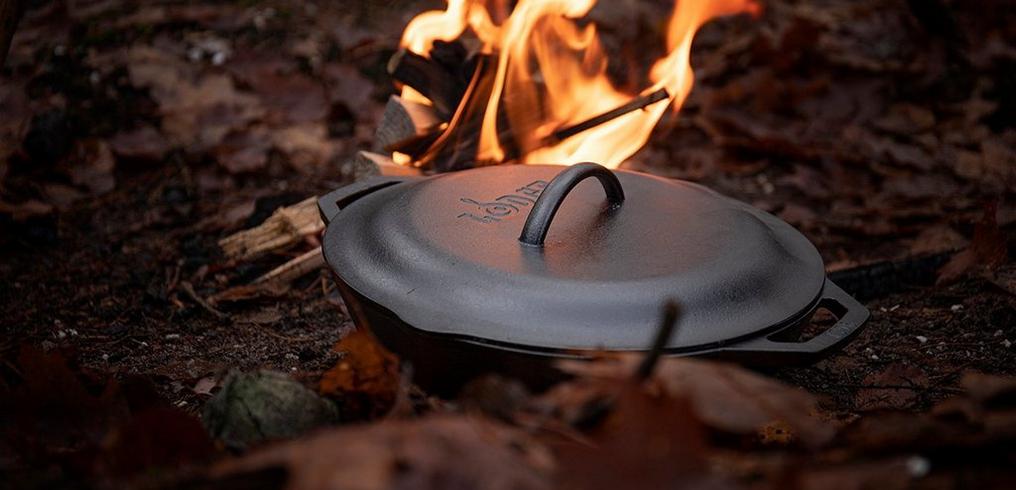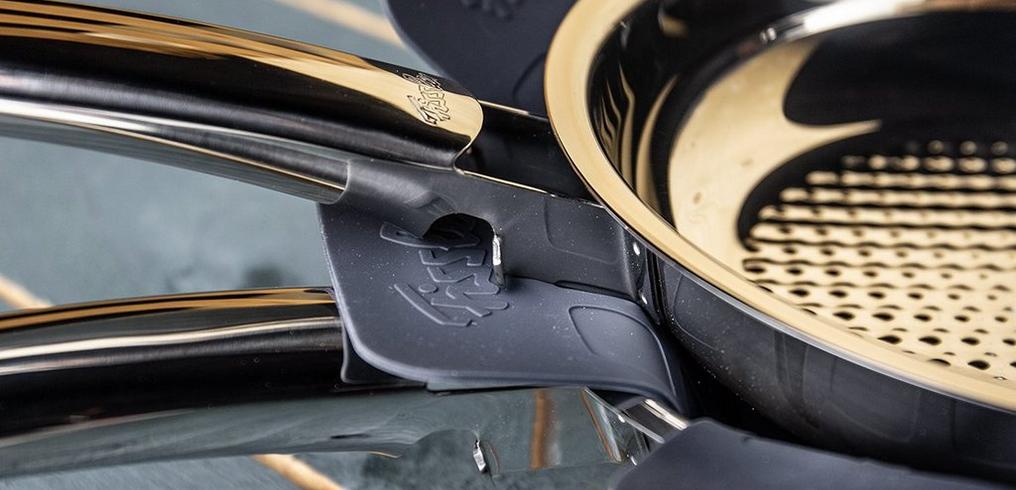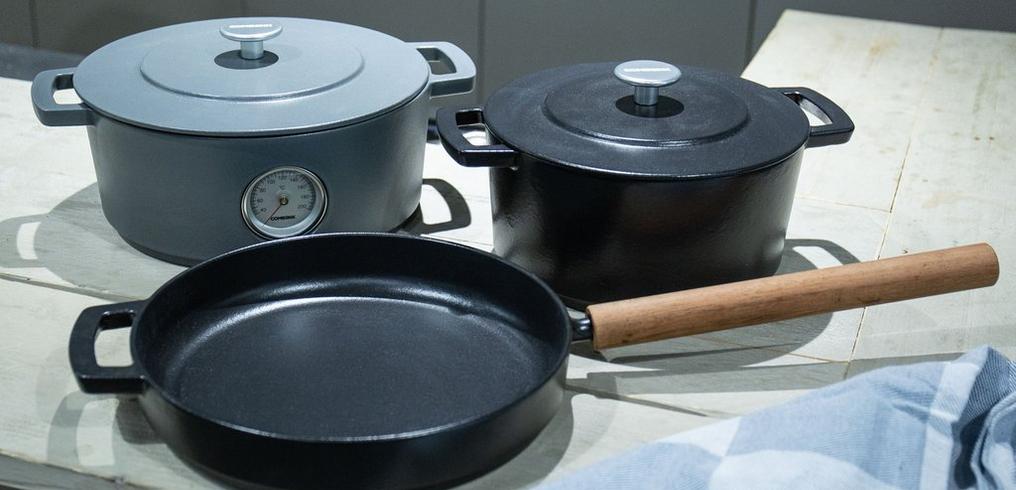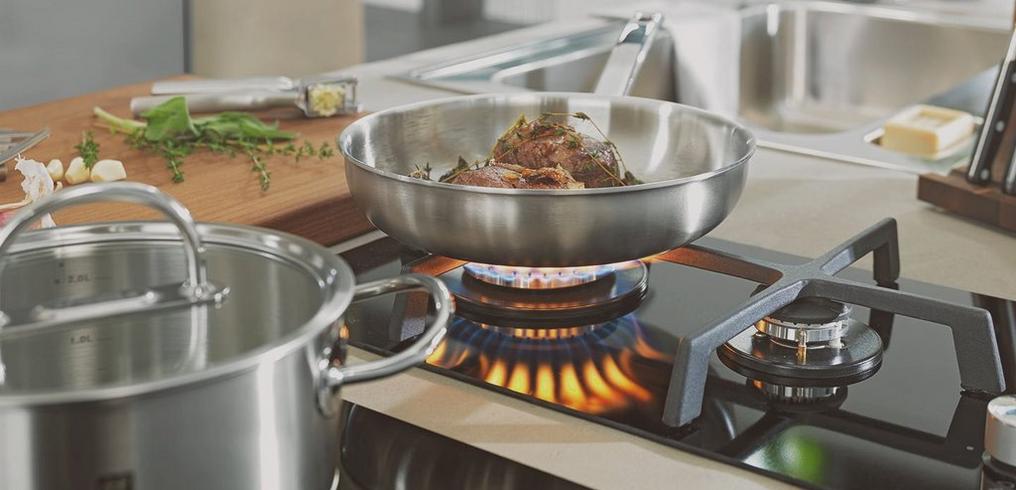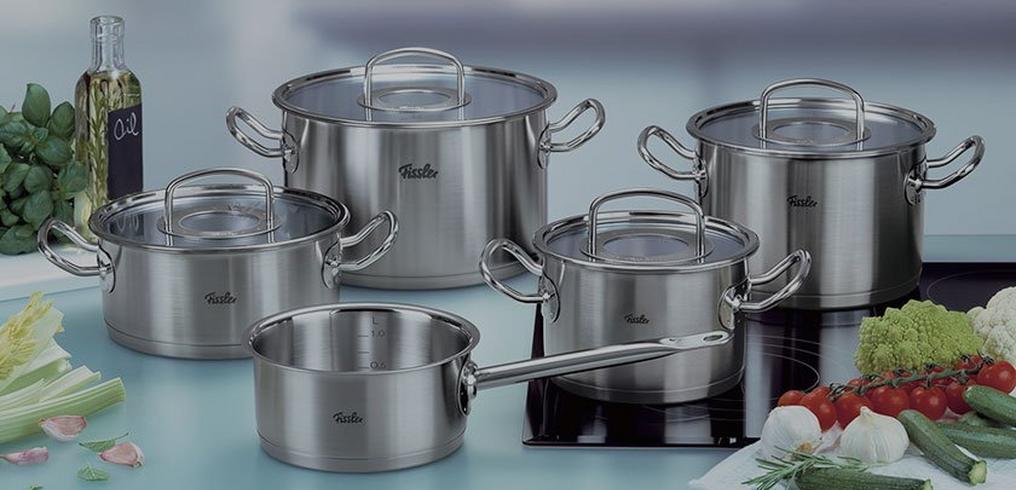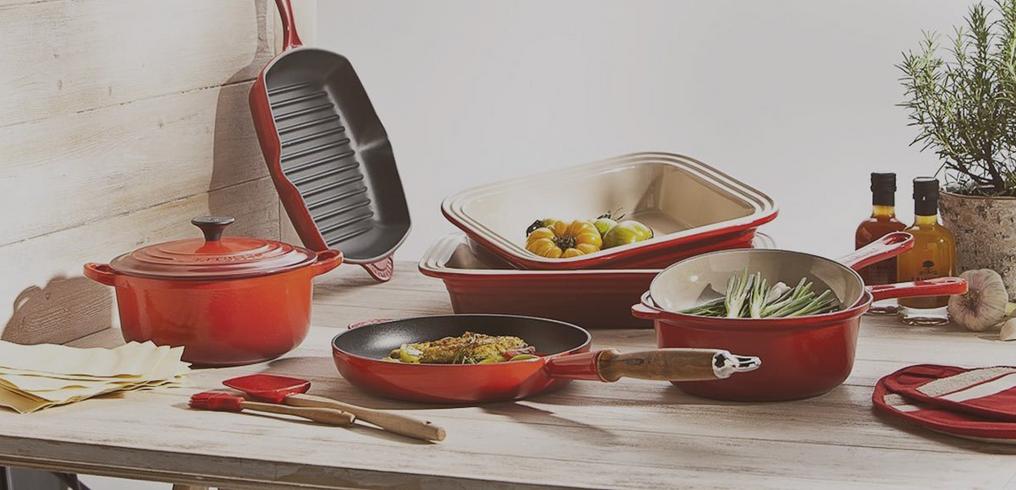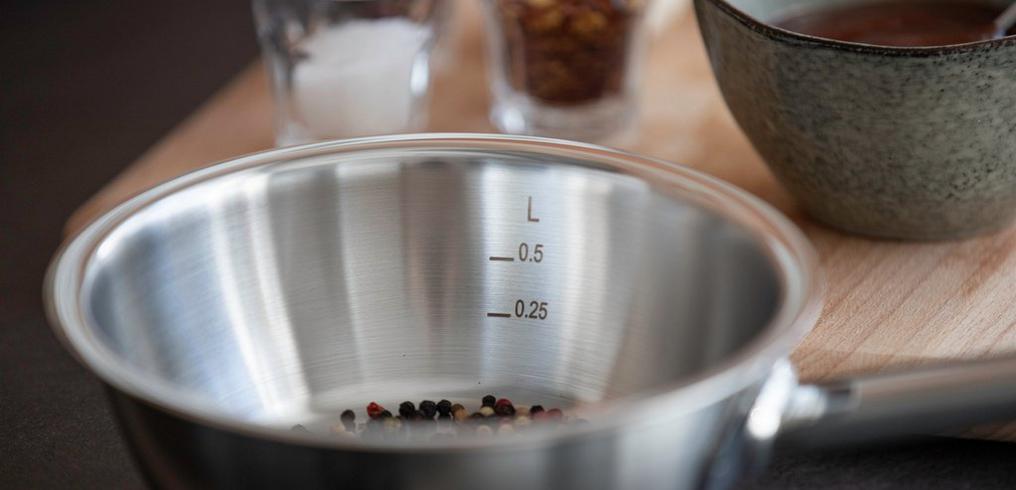How do you use a pressure cooker?
A pressure cooker is an incredibly useful kitchen tool. Ideal to steam, cook or stew with. Not only the rapid speed is great, also the low use of energy is wonderful. We often get questions about how to use a pressure cooker. For this reason we will tell you more about how to benefit the most from your pressure cooker.
Why use a pressure cooker?
You can use a pressure cooker for many different tasks. You can cook your vegetables faster and with twice as much vitamins and flavour. In addition, preparing a casserole will go a lot faster when you use a pressure cooker. Preparing a stock might normally take you about three hours. However, when you use a pressure cooker it will be done in thirty minutes!
Liquids are essential
The possibilities for a pressure cooker are endless. However, liquids are essential. After all, the dish should contain enough liquids to prevent the pot from boiling dry. Inside each pressure cooker you will find a small measuring line that will show you the minimum amount of liquids you will need to fill the pan. We recommend you always add 100 ml to that amount, just to be safe. After all, steam also escapes from the pan when you close the lid. As such a part of the moisture is lost.
Does the pan still boil dry? Be careful because in addition to the contents burning, the pot itself can bend which is something you definitely want to prevent from happening!
Let’s kick it up a notch
In order to put pressure on the pan you close the lid and make sure that your hob is set to medium. When you are using a gas hob make sure that the flames never reach beyond the bottom of the pan. However, this doesn’t only apply to pressure cookers, but to all pans.
A small amount of steam will be released from the air-valve on the lid. At this moment the pressure will slowly start to rise. When the pan is fully pressurized and the air-valve closes you will hear a soft ‘plop’. The pan is now ready to go! Fissler pressure cookers always have a status indication on top of the lid. With it the pan shows you how high the pressure really is. When the temperature in the pan is too low you will not benefit from the advantages of the pressure cooker. If the temperature is too high you will be faced with overpressure. As a result the pan will start to blow off steam by itself. As a result you risk burnt dishes or worse: that the pan boils dry and bends.
One of the most recurring mistakes is burning a dish before you add the pressure. Once it is under pressure your dish won’t burn. However, the pan needs quite a lot of heat before the pressure is added. In addition, you can’t stir in the pot when the lid is on. It is therefore essential to heat the contents of the pan up to the boiling point before you close the lid. As such you prevent burnt food and a jet-black bottom.
Each pressure cooker comes with a great manual. Make sure you read it before you start using the pan. On the one hand to learn more about the pan itself. On the other to determine the perfect cooking time for your dish.
Watch out with the steam
Before you can open the pan you need to let some steam out. This steam is very hot, approximately 120 degrees Celsius. It is therefore extremely important to be careful. You don’t want to get burned. We also recommend you pay close attention when there are children around. Sometimes splashes of boiling water will fall from the pan. You don’t want your son or daughter around when that happens.
Is a pressure cooker safe?
We sometimes hear stories of accidents that happened with pressure cookers. Fortunately, these accidents happened a long time ago because today the pressure cookers are a lot safer than they were 50 to 60 years ago. Today all pressure cookers we sell are enhanced with important safety precautions. Think of lids that cannot be opened when the pan is operational. An air-valve which automatically releases steam with, as a back-up a rubber edge which can take care of potential overpressure. All measures that will make sure it is safe to use!
